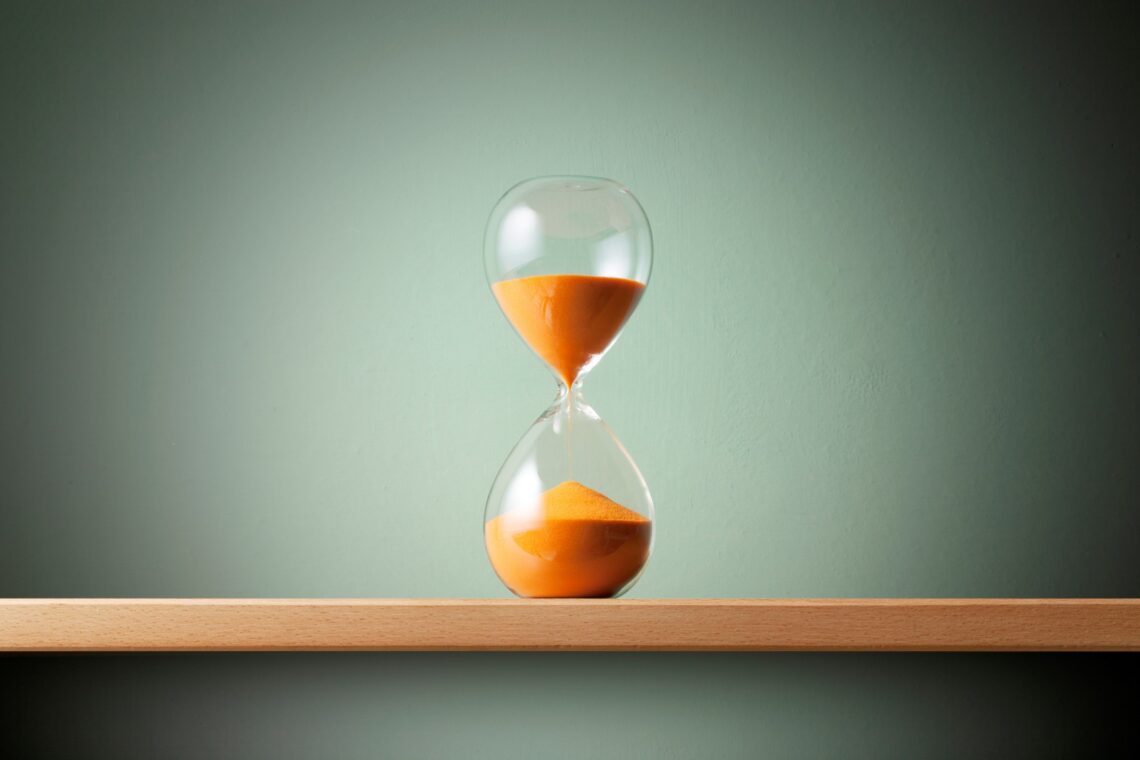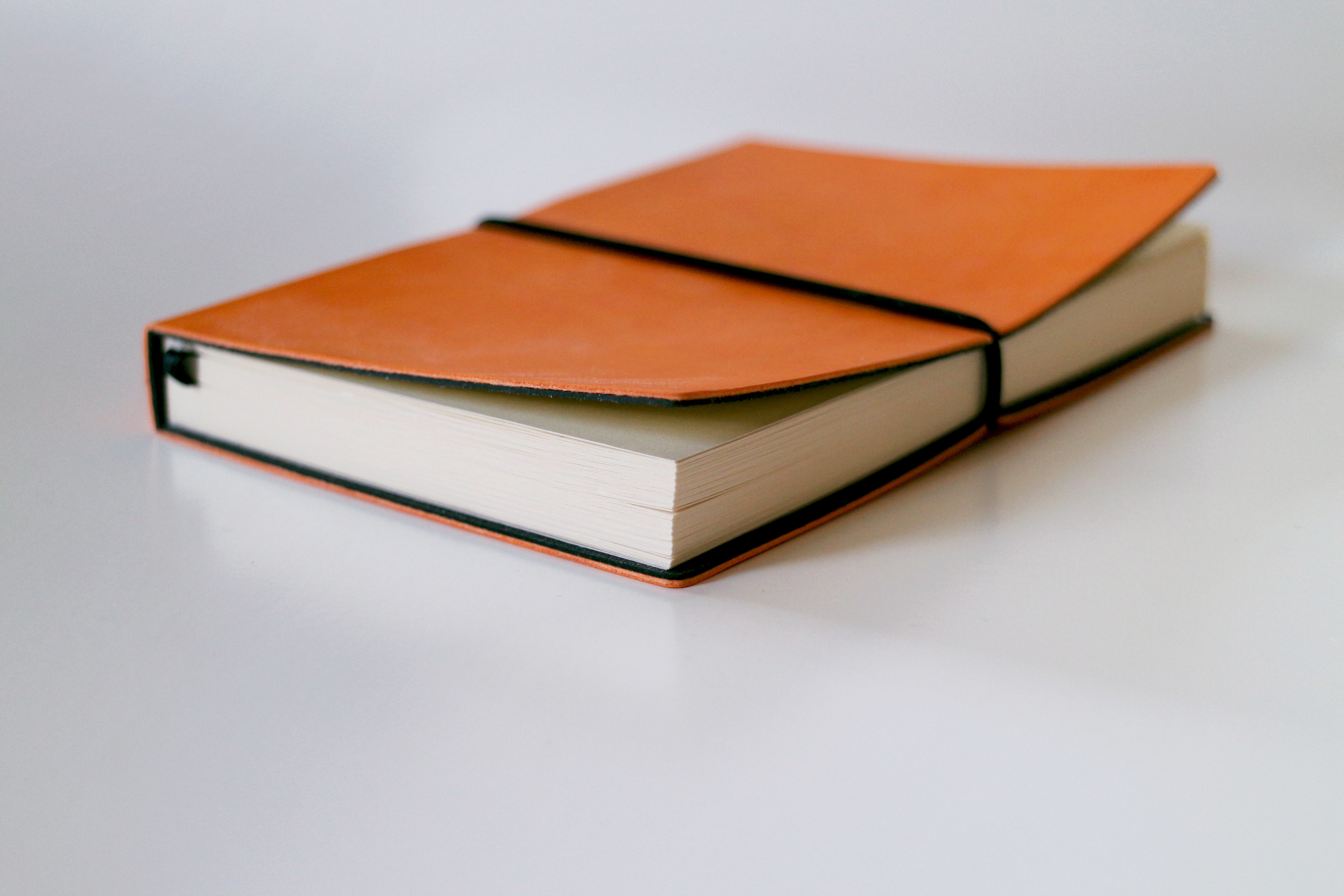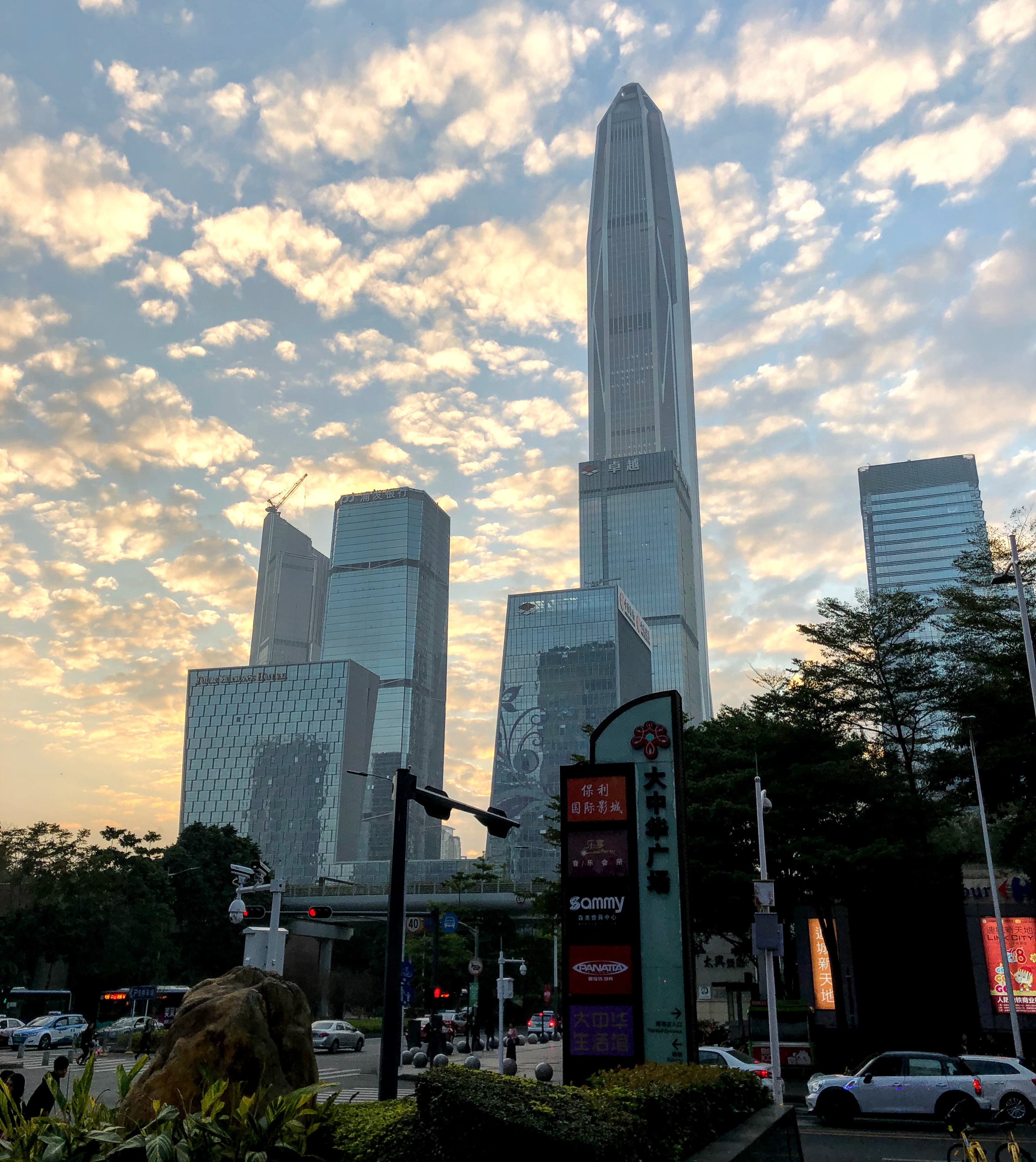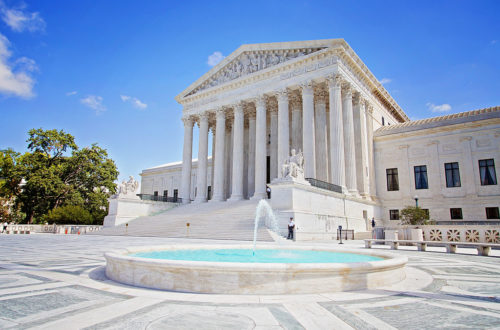We previously discussed patent term compensation for patent office delay (‘Patent Term Adjustment’ or ‘PTA’) when such new system was introduced in the Fourth Amendment of the Chinese Patent Law (2020), as well as in the different versions of the Draft Examination Guidelines released in 2021 and 2022. In this article, we consolidate everything you need to know based on the latest updates regarding PTA in the Implementation Regulations and Examination Guidelines, which were just released in late 2023.

Patent Term Adjustment (PTA)
Article 42.2 of the Patent Law states that “[w]here a patent right for an invention is granted after the expiration of four years from the filing date and after the expiration of three years from the date of the request for substantive examination of the application, the patent administration department under the State Council shall, at the request of the patentee, extend the term of the patent to compensate for the unreasonable delay in the granting process of the invention, except for the unreasonable delay caused by the applicant.”1
While Article 42.2 was introduced in 2020, most of us were not clear about how exactly the types of delays were defined. According to the latest Implementation Regulations and Examination Guidelines, aside from the “unreasonable delays caused by the applicant” which are defined in Rule 79 of the latest Implementation Regulations, there is another type of delay known as “reasonable delays” as described in Rule 78.3. Both “unreasonable delays caused by the applicant” and “reasonable delays” would be subtracted from the compensation term of PTA, calculated by days. Interestingly, the idea of “reasonable delay” first appeared in the latest version of the 2023 Implementation Regulations and Examination Guidelines.
Below is the PTA calculation, according to an official Q&A article,2
PTA compensation term = (Dgrant – D4Y/3Y) – Treasonable – Tunreasonable(applicant)
where
Dgrant refers to the grant date of the application;
D4Y/3Y refers to the date more than 4 years from the filing date (‘D4Y’) and more than 3 years from the date of requesting for substantive examination (‘D3Y’), whichever date is later.
Treasonable refers to the number of days due to “reasonable delay,” such as those caused by pauses of proceedings due to ownership disputes or property preservation;
Tunreasonable(applicant) refers to the number of days due to “unreasonable delay caused by the applicant” such as the time delay caused by the applicant’s request for an extension or request for a delayed examination.
For D4Y, the filing date where the four years are counted from is defined based on the type of application filed as shown in Table 1.
Table 1: Definitions of Filing Dates
|
Type of Application |
Filing Date is… |
|
Invention application |
the date CNIPA receives the filing documents |
|
Chinese national phase application via PCT routine (PCT-CN application) |
the date of national phase entry into China |
|
Divisional application |
the submission date of the divisional application |
Note that for PCTs entering China, the four-year period is counted from the national phase entry date, making it more difficult to meet the first requirement. Meanwhile, the four-year period for divisional applications is counted from the submission date.
For D3Y, the date of requesting for substantive examination from which the three years are counted differs depending on whether the application has already been published (see Table 2). For applications that have not yet published, the “date of requesting examination” is actually pushed back to the publication date. This is because Examiners will not begin substantive examination – even if a request for substantive examination is filed – until the application publishes.
Table 2: Definitions of the Date of Requesting for Substantive Examination
|
Situation |
The “Date of Requesting for Substantive Examination” becomes… |
|
request for substantive examination after publication |
the date when the requirements are fully met: |
|
request for substantive examination before publication |
the date of publication |
Reasonable Delay
Rule 78 of the Implementation Regulations3 and Part 5, Chapter 9, Section 2.2.1 of the Examination Guideline define the types of reasonable delay, which will be subtracted from the days of compensation:
Table 3: Reasonable Delay
|
Rule 78 paragraph 3 (Rule78.3) |
Reasonable Delay caused by: |
|
(1) |
re-examination, if the application is granted because of amendments* of filing documents during re-examination |
|
(2) |
Pause/stay of proceedings due to ownership dispute (Rule 103) or due to preliminary asset freeze injunctions (“property preservation” under Rule 104) |
|
(3) |
other reasonable circumstances such as administrative litigation procedures (Examination Guidelines Part 5 Ch.9 Section 2.2.1) |
* Regarding (1) re-examination, from the Patent Office’s perspective, if the applicant had made the necessary amendments earlier, re-examination would not have had been needed. Therefore, this situation is regarded as an increased burden on the Examiner and thus, a reasonable delay.
Unreasonable Delay
Rule 79 of the Implementation Regulations4 and Part 5, Chapter 9, Section 2.2.2 of the Examination Guideline defines the types of unreasonable delay caused by the applicant, which will be subtracted from the days of compensation:
Table 4: Unreasonable Delay
|
Rule 79 |
Examination Guidelines Part 5 Ch.9 Section 2.2.2 |
Delay Time (in days) |
|
(1) failure to respond to a CNIPA official notice in time |
(1) failure to respond to a CNIPA official notice in time |
counted from the overdue deadline to the day when the response is submitted |
|
(2) request for deferred examination |
(2) request for deferred examination |
the actual deferred time for examination |
|
(3) incorporation by reference |
(3) incorporation by reference |
the delay caused by Rule 45 (counted from the original filing date to when the documents to be incorporated are submitted) |
|
(4) other unreasonable delay caused by the applicant |
(4) request for restoration of rights, and |
counted from the overdue deadline to the day when the CNIPA accepts the restoration request and issues a notice, unless the applicant can prove that the delay is caused by the CNIPA |
|
(5) early national phase entry (“NPE”) before the 30-month deadline from priority date |
counted from the early NPE date to the 30-month deadline, if entering national phase before the 30-month deadline and “early processing” is not selected on the application request form |
Same-Date Filing Strategy
Rule 78.4 further excludes the eligibility of invention applications that take advantage of the UM + Invention “same day filing strategy” as outlined in Rule 47.4.5 This refers to the situation where the applicant chooses to give up an earlier granted utility model patent in order to obtain the rights of the counterpart invention patent that was filed on the same day.
As mentioned in our previous article, the same day filing strategy likely will result in automatic deferral of when the corresponding invention application gets examined (though this practice is not officially documented, we have learned that once the ‘same day filing’ invention is deferred, there is no way to speed it back up), ultimately significantly delaying its grant.
Requirements for Requesting PTA
In China, the patentee must specifically file a requestfor PTA, unlike in the US where PTA is automatically calculated at patent grant.
The patentee must file a request for PTA within 3 months from the grant date, and pay the relevant fee. Information regarding this PTA request fee has not published yet, but a new official fee schedule in expected to be released soon. According to an official announcement from the CNIPA on 18 Jan 2024, patentees who have already file a request for PTA may pay the PTA request fee after the new fee schedule is released.
Challenging a Decision
If the Patent Office thinks that a patent is not eligible for PTA, a notice will be issued and there will be a chance for the patentee to response. A final decision will be issued after taking consideration of the patentee’s response.
If the Patent Office makes a decision to grant patent compensation, the relevant matters will be registered in the patent register and announced in the Patent Gazette. We have not seen any cases that have been announced with PTA yet.
If a decision of rejection of PTA is issued, the patentee may appeal via an administrative review with the CNIPA after 20 Jan 2024. Based on our understanding, currently there does not seem to be a way to appeal if the patentee disagrees with the number of days granted for patent term adjustment. We look forward to seeing relevant information regarding the appeal of decision in the future.
EIP Thoughts
The PTA system has been one of the most anticipated updates in the 4th Amendment of the Chinese Patent Law. Many patentees have submitted PTA requests into a “black box” of sorts, not knowing when they would find out how much PTA they would actually receive. The Implementation Regulations and Examination Guidelines released in 2023 finally elucidate slightly more practical details. However, even with the official equations, we still find it difficult to calculate the exact PTA compensation term. Importantly, some of the compensation calculations (in days) are not exactly well defined yet (such as the exact time period counted for re-examination if the application is granted because of amendments of filing documents during re-examination). We will continue to monitor when any relevant cases are published, and hopefully we will get a better sense of actual PTA calculations from studying these cases.
However, even with the information available at this time, we at least have a clearer picture of the types of actions that can shorten PTA.
“Reasonable delays” , such as the re-examination time when an application is granted because of amendments made during re-examination, as well as the delay caused in examination due to applicant disputes, are harder to avoid . For example, when a final rejection is received and amendment is needed, or when a dispute occurs, these procedures which cause “reasonable delay” are inevitably necessary to keep a case active.
On the other hand, “unreasonable delays caused by the Applicant” are practically easier to avoid. For example, minimize extensions (if possible), and submit responses as soon as possible even after filing an extension to avoid accumulating more days of delay.
In reality, the CNIPA has gotten very efficient and most Chinese patents grant well within the 3/4 year time period, making the likelihood of patentees receiving patent term compensation to be pretty low. In view of that, we would recommend that Applicants continue to use “applicant delay” type tools, if necessary, as part of their overall patent strategy if there are other benefits. For example, it may be worth taking extensions sometimes to respond to OAs, even if there is a (small) risk that you will lose PTA. Oftentimes, the benefits of taking extensions outweigh the potential PTA gains. This, of course, needs to be determined on a case-by-case basis. We will continue to monitor the grants coming out of the CNIPA to see if the situation changes over time.
If you would like to have more information on this matter or would like to have our advice, please feel free to contact us at eip@eipgroup.asia.
This article is for general informational purposes only and should not be considered legal advice or a legal opinion on a specific set of facts.
About the Authors
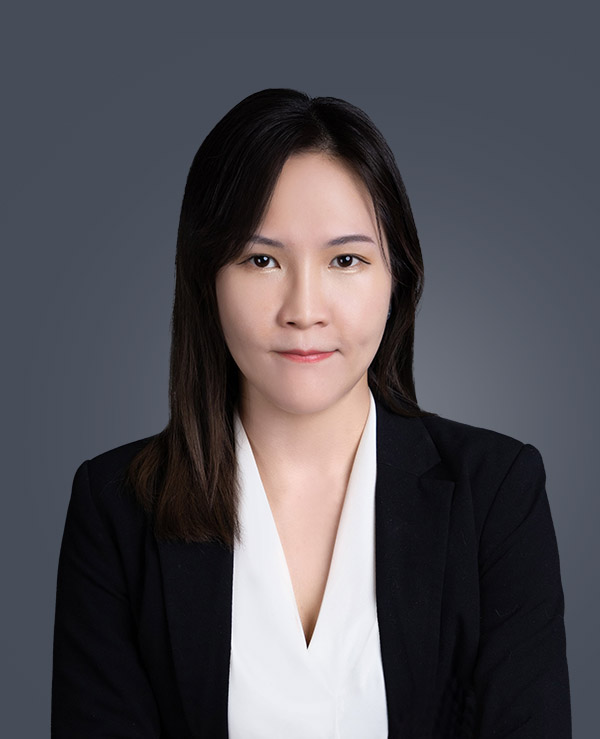
Audrey Cheung is a Patent Technology Specialist at Eagle IP, a Boutique Patent Firm with offices in Hong Kong and Shenzhen.

Yolanda Wang is a Principal, Chinese Patent Attorney, and Chinese Patent Litigator at Eagle IP, a Boutique Patent Firm with offices in Hong Kong and Shenzhen.

Jennifer Che, J.D. is President & Managing Director and a US Patent Attorney at Eagle IP, a Boutique Patent Firm with offices in Hong Kong and Shenzhen.
- Article 42: The term of patent right for inventions shall be twenty years, the term of patent right for utility models shall be ten years, and the term of patent right for designs shall be fifteen years, all commencing from the filing date.
Where a patent right for an invention is granted after the expiration of four years from the filing date and after the expiration of three years from the date of the request for substantive examination of the application, the patent administration department under the State Council shall, at the request of the patentee, extend the term of the patent to compensate for the unreasonable delay in the granting process of the invention, except for the unreasonable delay caused by the applicant.
In order to compensate for the time taken for the review and approval process before the marketing of a new pharmaceutical product, the patent administration department under the State Council shall, at the request of the patentee, extend the term of the new pharmaceutical-related invention which has been approved for marketing in China. The compensation term may not be more than five years, and the total effective term of the patent right may not be more than fourteen years from the date of marketing approval.
https://english.cnipa.gov.cn/col/col3068/index.html
↩︎ “Interpretation of Amendments to the Patent Examination Guidelines (2023) – Part II” (CN), https://www.cnipa.gov.cn/art/2024/1/18/art_2199_189879.html
↩︎- Rule 78: The compensation period for granting patent rights in accordance with Article 42, Paragraph 2 of the Patent Law shall be calculated based on the actual number of days of unreasonable delay during the process of granting an invention patent.
The actual number of days of unreasonable delay during the process of granting an invention patent, as referred to in the preceding clause, is defined as the number of days between four years from the filing date of the patent application and three years from the date of the substantive examination request to the date of announcement of the granted patent right, minus the number of days of reasonable delay and the number of days of unreasonable delay caused by the applicant.
The following situations are considered reasonable delay:
1) Delays caused by the review process according to the provisions of Article 66 of these Detailed Rules, resulting from the modification of patent application documents that subsequently lead to the grant of patent rights.
2) Delays caused by situations specified in Articles 103 and 104 of these Detailed Rules.
3) Delays caused by other reasonable circumstances.
If the same applicant applies for both a utility model patent and an invention patent for the same invention on the same day and obtains patent rights for the invention in accordance with Article 47, Paragraph 4 of these Detailed Rules, the provisions of Article 42, Paragraph 2 of the Patent Law regarding the compensation period for the invention patent rights shall not apply.
↩︎ - Rule 79: The unreasonable delay caused by the applicant, as stipulated in Article 42, Paragraph 2 of the Patent Law, includes the following situations:
1) Failure to respond to the notifications issued by the patent administrative department of the State Council within the specified period.
2) Requesting a delay in the examination of the application.
3) Delays caused by situations specified in Article 45 of these Detailed Rules.
4) Other unreasonable delays caused by the applicant.
↩︎ - Rule 47.4: Where it is found after examination that there is no ground for rejecting the application for patent for invention, the patent administration department of the State Council shall notify the applicant that he or it is required to declare, within a specified time limit, the abandonment of his or its patent for utility model. If the applicant so declares, the patent administration department of the State Council shall make a decision to grant a patent for invention, and announce at the same time both the grant of the patent for invention and the declaration of the applicant to abandon his or its patent for utility model. If the applicant refuses to abandon his or its patent for utility model, the patent administration department of the State Council shall reject the application for patent for invention; if the applicant fails to respond within the specified time limit, the application for patent for invention shall be deemed to have been withdrawn.
↩︎
